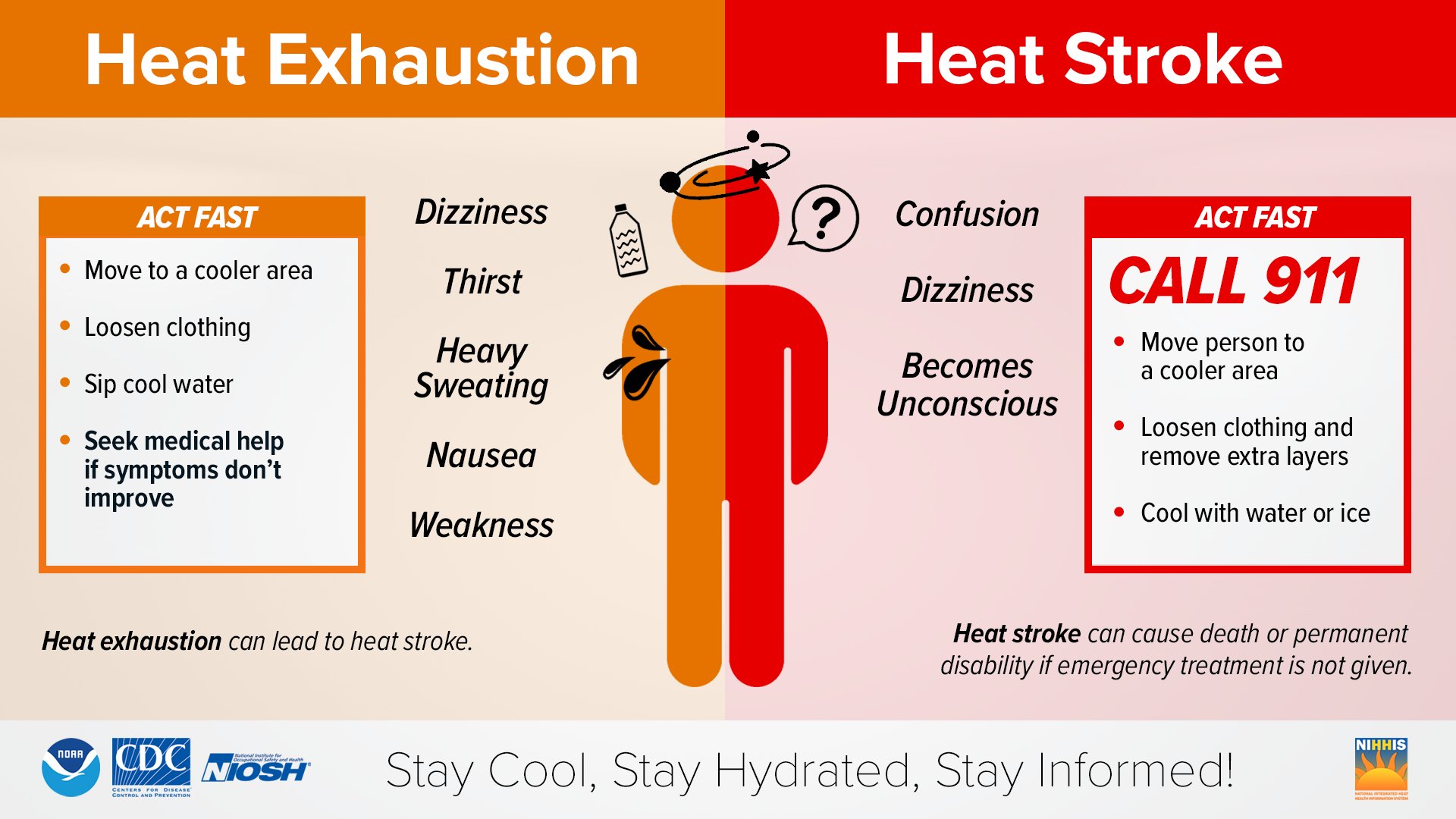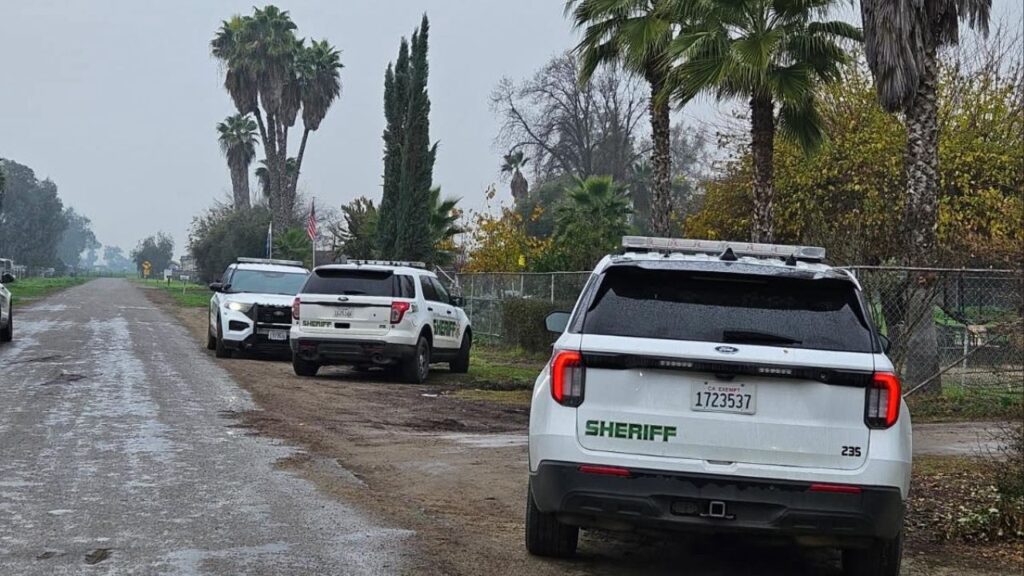
- The heat wave could set new daily records this week, including Saturday's predicted high in Fresno of 114.
- The heat risk is "extreme," which means that everyone regardless of age and health is at risk of heat-related illnesses.
- PG&E is warning customers of possible power outages due to equipment failures in high heat.
Share
|
Getting your Trinity Audio player ready...
|
A dangerous triple-digit heat wave that’s engulfing the Fresno area as well as entire Valley and westward to the coast could bring record-setting high temperatures this week and weekend.
Saturday’s forecast high of 114 degrees for Fresno would set a new all-time record for July 6. The previous high of 111 was set in 2007.
The all-time high for Fresno is 115 degrees and it was set on July 8, 1905.
(At this point some of us may be starting to wonder if there might have been a grain of truth in last week’s “faux-casts” on Apple Weather of 121 and 120 degrees.)
Meteorologist Antoinette Serrato of the National Weather Service in Hanford had a kind of good news/bad news forecast.
The “good” news: as of Monday: It looks like Saturday will be the hottest day of the string of hot days.
The bad news? Serrato and the National Weather Service can’t say yet with any precision exactly when the string of triple-digit days will end — the forecast only goes out through Monday.
Why will Saturday be the hottest day?
“So we have a high-pressure system that’s moving in off the Pacific Ocean, and it’s really just going to sit stationary over California,” she said. “And so that’s really the day where all of that heat will be able to just kind of sink and be pent up with that high pressure. And so that’s what’s leading to Saturday, being the hottest day.
“And because of that high-pressure system being stationary, even when it begins to move out of the area, it’ll be slow. And so we’ll still have those high temperatures following it as the high-pressure system begins to move out of the area.”
The Weather Service might have to extend the Excessive Heat Advisory into July 9 and 10, even after the high-pressure system moves off California, Serrato said.
I’ve lived through a lot of heat waves in the Central Valley of over 100 degrees, but I don’t remember a heat wave of 10 days straight over 110 degrees. God help us! #heatwave #weather pic.twitter.com/FT6Z9gaQMB
— Westside Farmer 🚜🍉🍈 (@JoeDelBosque) July 1, 2024
Excessive Heat Advisory for Most of California
The National Weather Service has declared an Excessive Heat Advisory for most of California starting at 11 a.m. Tuesday and continuing through Monday. With the heat risk at “extreme,” meteorologists warn that continued exposure to the brutal heat without proper hydration is dangerous and could lead to heat-related illnesses even for the able-bodied, as well as for babies, the elderly, and people already struggling with health problems.
People who do not have access to air-conditioning should be looking for cooling centers, Serrato said.
PG&E Warns of Possible Power Outages
Pacific Gas and Electric warned customers in Northern and Central California, including Fresno, to be prepared for possible power outages due to equipment failures in high heat.
PG&E has activated its Emergency Operations Center and all regional and local emergency centers, and has prepositioned crews and equipment, such as transformers, in areas likelier to be affected by heat-related outages.
During times of intense heat when energy use increases, electrical equipment and the grid can overheat, and outages may occur.
You can sign up for PG&E power outage alerts at this link. The utility’s power outage center is at this link.

No Stranger to Extreme Heat
According to the NWS Hanford website, the longest string of days of high temperatures 112 degrees or hotter in Fresno was five days in late July 2006, followed by four consecutive days in late July-early August in 1908,
The longest set of consecutive days of 110 degrees or hotter was six days in late July 1898, according to the historical records.
Want to try to escape the heat completely? You’ll either need to be right on the coast or high in the Sierra, and these days the Sierra is struggling with its own heat issues (wildland fires).

RELATED TOPICS:
Categories

Selma High School Student Wins Congressional App Challenge



















